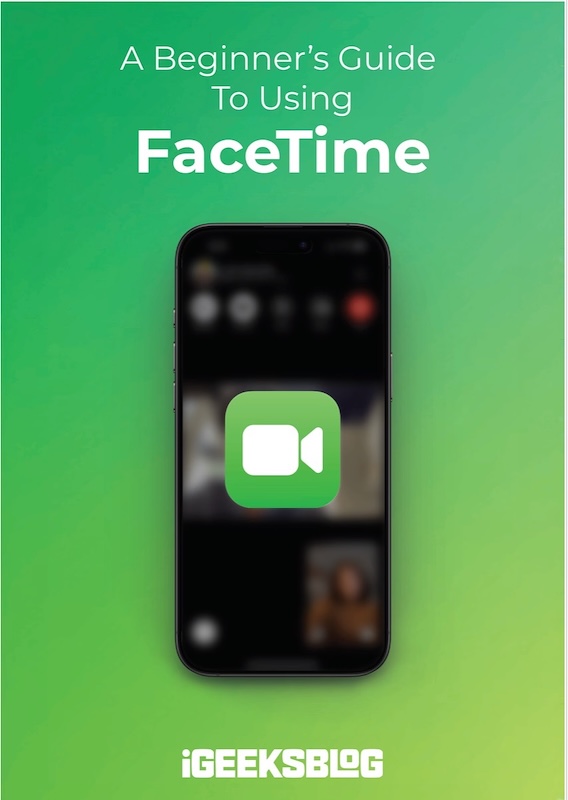
FaceTime Like a Pro
Get our exclusive Ultimate FaceTime Guide 📚 — absolutely FREE when you sign up for our newsletter below.

FaceTime Like a Pro
Get our exclusive Ultimate FaceTime Guide 📚 — absolutely FREE when you sign up for our newsletter below.
Control your Mac and iPad with a single mouse and keyboard using Universal Control. Setup steps, tips, troubleshooting, and a Sidecar comparison are included.
Ever wanted to use the same mouse and keyboard on both your Mac and iPad without dealing with wires or juggling extra apps? That’s exactly what Universal Control lets you do. I’ll walk you through how I set it up, how it actually works day to day, and a few weird things I ran into.
Universal Control basically turns your Mac into a remote control station for up to two other Apple devices nearby. For me, that’s usually my iPad and sometimes a second Mac. Here’s what I can do with it:
Each device still runs its own thing: macOS is still macOS, iPad is still iPadOS.
Heads-up: this isn’t the same as Sidecar. Universal Control doesn’t make your iPad a second display. It’s more like a remote-control setup.
This part tripped me up the first time. If it’s not working, it’s probably because one of these boxes isn’t checked:
Here’s what devices it works with:
| Supported Macs | Supported iPads |
|---|---|
| MacBook (2016+) | All iPad Pro models |
| MacBook Pro (2016+) | iPad (6th gen and later) |
| MacBook Air (2018+) | iPad Air (3rd gen and later) |
| iMac (2017+ or 27″ Retina 5K Late 2015) | iPad mini (5th gen and later) |
| Mac mini (2018+) | |
| Mac Pro (2019+) | |
| iMac Pro | |
| Mac Studio |
Setup only takes a couple minutes, assuming your devices are already on the latest software.
Here’s what I did on my Mac:

Optionally, you can also turn on Automatically reconnect to any nearby Mac or iPad and Push through the edge of the display to connect a nearby Mac and iPad
Then I had to flip the switch on my iPad:

Once it’s turned on, using it is super easy. Here’s how I usually get things going.
I just line my devices up on my desk and push the Mac cursor toward the iPad. If it’s working, the pointer kind of melts onto the second screen.

If it doesn’t connect: Open Displays > Add Display (+) and select your device under Link Keyboard and mouse to option.

This part matters more than I thought. If you skip it, your cursor might jump in weird directions.

Once linked, you can:
When I’m done, I usually just put the iPad to sleep. But you can also:

Some random tricks I’ve picked up:
If it’s acting weird, first check your OS version and make sure Bluetooth and Wi-Fi are happy. VPNs can mess things up too. I had to disable mine once to get it working again.
Still stuck? There’s a whole Universal Control not working guide worth checking.
These get lumped together, but they’re totally different tools.
Once I got used to Universal Control, it felt like something that should’ve existed years ago. I don’t use it every day, but when I do, it’s a game-changer for juggling work across multiple Apple devices. Totally worth setting up if you’ve got the gear.
Got a favorite Universal Control tip? Drop it in the comments.
Related articles worth reading: